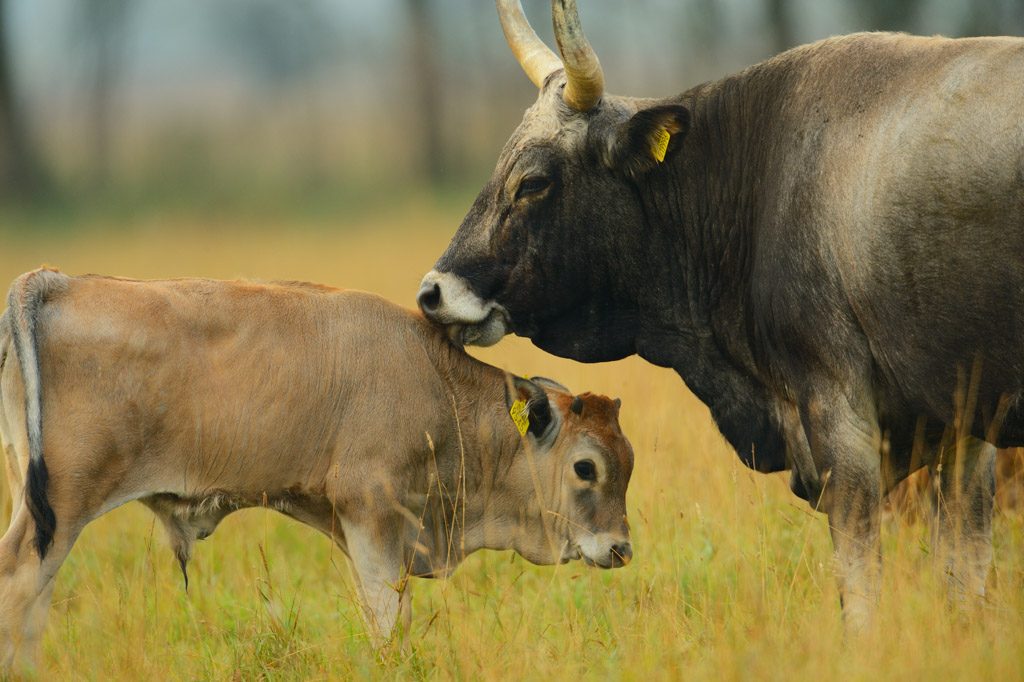"The Scottish Government's private finance model for nature recovery won't deliver and needs a rethink", says Peter Peacock, former Highlands and Islands MSP and Scottish Minister.
About 18 months ago, NatureScot, Scotlandīs nature agency, launched a £2 billion private finance initiative (PFI) aimed at land restoration. Along with ambitious native woodland and carbon sequestration targets, the PFI is expected to unlock new job creation and support rural communities across the country. But according to Peter Peacock, "putting private finance in the lead won't deliver what we need" and he advocates a partnership strategy involving private, public, NGO's and philanthropic interests.
The Scottish Government has made a statement claiming that it "is already investing in nature at scale, though this is both a public and private responsibility. Our forthcoming Natural Capital Markets Framework will strengthen the existing Interim Principles for Responsible Investment in Natural Capital and set out our approach to using public spending more effectively to leverage in responsible private capital."
Mr Peacock's comments came at a time (October 2024) when nearly 3,000 acres of Scottish countryside were being put up for sale. Highland Rewilding and current owner Jeremy Leggett are attempting to sell three estates, although he has insisted the sales are not specifically aimed at paying off a loan, of which around £11m is outstanding. But both the sale and his ongoing struggle to raise equity to fund rewilding ambitions highlight the challenges surrounding the whole issue of land restoration in Scotland.

Trees for Life, the rewilding charity, is planning to release up to 15 of these beefy long-horned animals on its 4,000-hectare (9,884-acre) Dundreggan estate near Loch Ness, in a scientific research project aimed at enhancing biodiversity, education and ecotourism. The tauros have been bred in the Netherlands in recent years to fill the niche vacated by the aurochs, which once shaped landscapes and strengthened wildlife across Europe. Tauros have been "back-bred" to genetically replicate, resemble and behave like aurochs as closely as possible.
Steve Micklewright, the chief executive of Trees for Life, explained the introduction of the Tauros: "Introducing the aurochs-like Tauros to the Highlands four centuries after their wild ancestors were driven to extinction will refill a vital but empty ecological niche - allowing us to study how these remarkable wild cattle can be a powerful ally for tackling the nature and climate emergencies"
Image: Tauros © Staffan Widstrand, Rewilding Europe
Hamish MacInnes died in 2020 at the age of 90, and left an estate of £446.000. He left this money in his will to the Scottish Mountaineering Trust (SMT), which has donated nearly £2 million towards mountain skills training, mountain hut improvements and footpath work since 1990.
Chairman David Broadhead said:
"We are delighted that the MacInnes trustees have decided to pass Hamish's legacy to the SMT. We will ensure that Hamish's values and memory ill live on through the projects we support".
A new project between the Cairngorm National Park and Trees for Life was announced in November 2024 to restore the Aspen tree which has declined due to deforestation and overgrazing.
This project will take the form of initially mapping the existing population of aspen and the plants and animals that depend on it. This will help to develop our understanding of the growing and planting of Aspen, and this knowledge will be rolled out across Scotland.
Trees for Life said Aspen is home to a wide range of rare fungi, mosses, lichens and moths. Its foliage supports over 60 species of insect and the bark is highly valued by beavers who are now resident in the Cairngorms Park. As it grows fast and dies young, it is effective at locking away carbon.
Researchers at the University of Leeds have suggested that reintroducing wolves in the Scottish Highlands could lead to an expansion of native woodland which could take in and store one million tonnes of CO2 per year. The researchers estimate that if wolves were reintroduced into the Cairngorms and the western Highlands, a population of around 167 of the animals would thrive, which they say is enough to reduce red deer populations to a level that would allow trees to regenerate naturally.
Research suggests that this move alone could contribute to around 5% of the carbon removal target for UK woodlands, roughly equivalent to one million tonnes. Red deer has no natural predators, and while efforts have been made to keep their population under control, their numbers have increased over the last 100 years to an estimated 400,000 today in Scotland alone.
The researchers found that only 4% of Scotland is covered by trees, making it one of the least forested countries in Europe.
The Cairngorms National Park Authority is welcoming applications for a new "Transforming Transport" grant fund as part of the Cairngorms 2030 programme. Applications are being invited for a minimum of £1000 and maximum of £25,000. This fund is specifically looking for projects that support people to travel within the National Park by increasing cycle and active travel provision or improving sustainable and public transport.
The Cairngorms 2030 programme spans across 20 long-term projects, bringing about transformational change in the Cairngorms, with the aims of bringing benefits to peopleīs health and wellbeing, delivering on climate change and enhancing nature across the National Park. The programme is funded by the National Lottery Heritage Fund.
As part of Cairngorms 2030 the aim is to change the way people move around the National Park to reduce emissions, protect our natural heritage and improve health. This will be delivered through increased cycle and active travel provision, sustainable travel initiatives and activities to change travel behaviours and unlock new and existing travel choices for all.
Please let the webmaster know if there are problems with viewing these pages or with the links they contain.